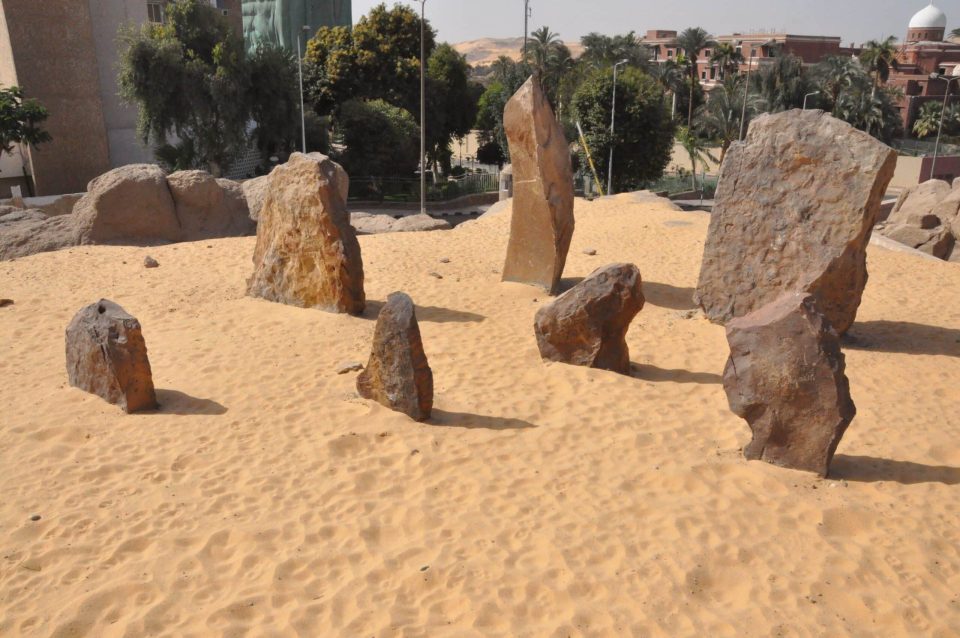
Nabta Playa is an ancient circle of stones located in the desert of southern Egypt. The cemetery is about 175 miles southwest of a city called Aswan. It is believed to be one of the oldest places where people studied the stars, dating back about 7,500 years. This makes the site even older than England’s Stonehenge by 2,000 years.
Nabta Playa’s story is fascinating because it shows us how early humans used their surroundings and the stars to make sense of the world.
Understanding the stone circle
The stones at Nabta Playa are carefully arranged. In the center, there are six important stones. Around them, 29 other stones stand upright.
Researchers believe this setup was used as an early calendar. Those who built it could tell the time of year through the position of the stars and the Sun through their alignment. This was very clever and helped them know when the seasons were changing.
For instance, certain stones were placed to catch the first light of the sunrise on the longest day of the year, known as the summer solstice. The solstice was a crucial time for ancient peoples, signaling when the rains would come. The rains would fill up the lakes and help the community survive in the desert.
What excavations tell us
In 2001, archaeologists dug up the central part of Nabta Playa, where they expected to find human remains. Instead, they found a cow’s skeleton. This suggests that the site was important to people who raised cattle.
The inhabitants of Nabta Playa likely moved with their animals to different water sources as the seasons changed.
Stars and stones
Some researchers believe that three of the central stones were set up to look like the “belt” of the Orion constellation. The Orion constellation is a group of stars in the sky. They also believe other stones were aligned with the first appearances of bright stars such as Arcturus, Sirius, and Alpha Centauri during certain seasons.
This shows that the ancient builders of Nabta Playa knew a lot about the stars and used this knowledge to plan their year.
Preserving the past
Today, the most important stones from Nabta Playa are housed in a museum in Aswan. This helps protect them and allows people to learn about how advanced these ancient star-gazers were.
Even though the stones are now in a museum, the site of Nabta Playa remains a valuable clue as to how people used the stars to guide their lives so very long ago.
